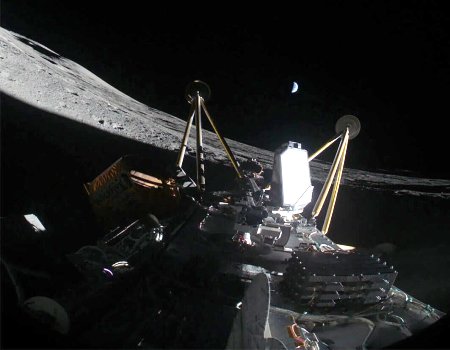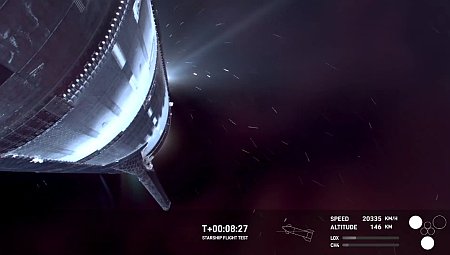Philippe Baptiste, France’s Minister for Higher Education and Research, yesterday loudly touted the second successful launch of Ariane 6 rocket, even though it occurred years late and costs far more than any other rocket on the market today.
Baptiste did so even as he insisted the Europe must continue to have its own launch capability so that it need not depend on rockets from other countries.
Europe must have sovereignty in space and “not yield to the temptation of preferring SpaceX or another competitor that may seem trendier, more reliable, or cheaper,” Baptiste [said]. “This first commercial launch of Ariane 6 is not just a technical and one-off success. It marks a new milestone, essential in the choice of European space independence and sovereignty. In the labyrinth of the global space race, Ariane 6 is the guiding thread of our strategic autonomy for the years to come.
“We must also collectively advance, as Europeans, on the governance of Europe’s space ambitions. We must ask ourselves all the questions, without taboos. For Europe in space, I am convinced that the European Union must fully assume its role as the political leader in this matter. The challenges are immense, no one knows this better than we do.”
Note Baptiste’s focus on having the European Union (EU) run things, with a focus on Ariane-6, despite its high cost. He was previously head of France’s space agency CNES, which for years has used the EU and the European Space Agency’s (ESA) partners help pay for France’s space program by requiring that all rocket launches be run by ESA’s commercial division, Arianespace.
That situation is now changing, with other ESA nations (Germany, Italy, Spain, and the United Kingdom) all breaking free from Arianespace and instead encouraging the development of competing private rocket startups independent of ESA or Arianespace. Moreover, these ESA partners have aggressive reduced Arianespace’s areas of control. It no longer runs the French Guiana spaceport. Its management of the Vega-C rocket has been transferred back to the Italian company Avio, which builds it. All it now has is Ariane-6, which has limited value because it is so expensive.
So while Baptiste desire for European autonomy matches the efforts of these European countries, his apparent desire to keep all control within the continent’s centralized government authority has been rejected. Europe has a chance to compete, but only because it is freeing its rocket startups from government control.










